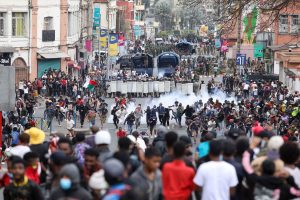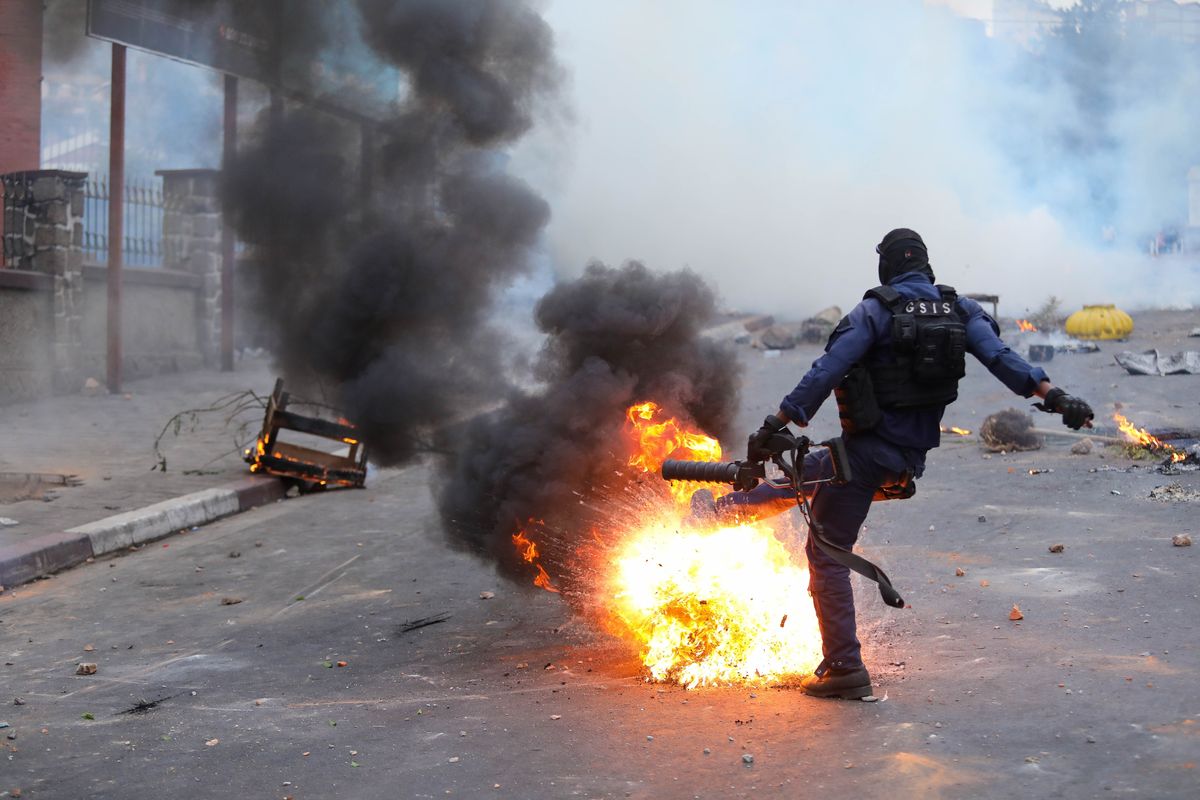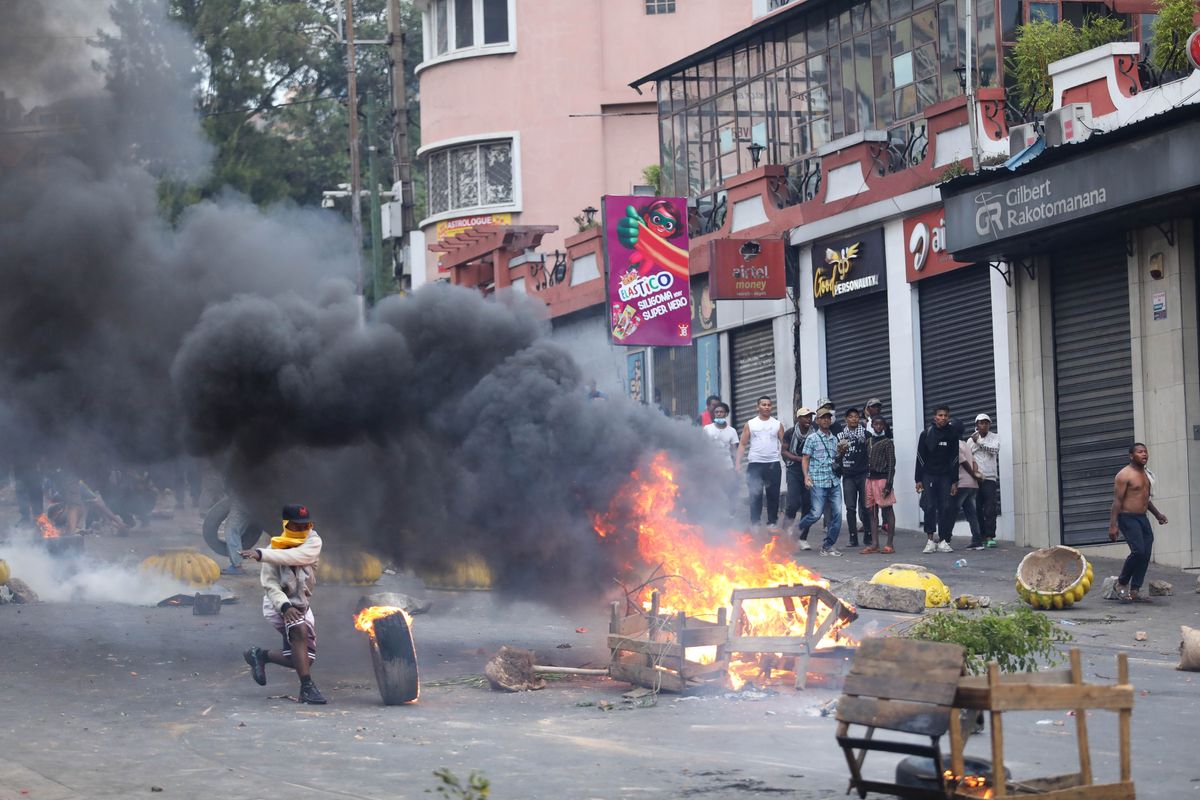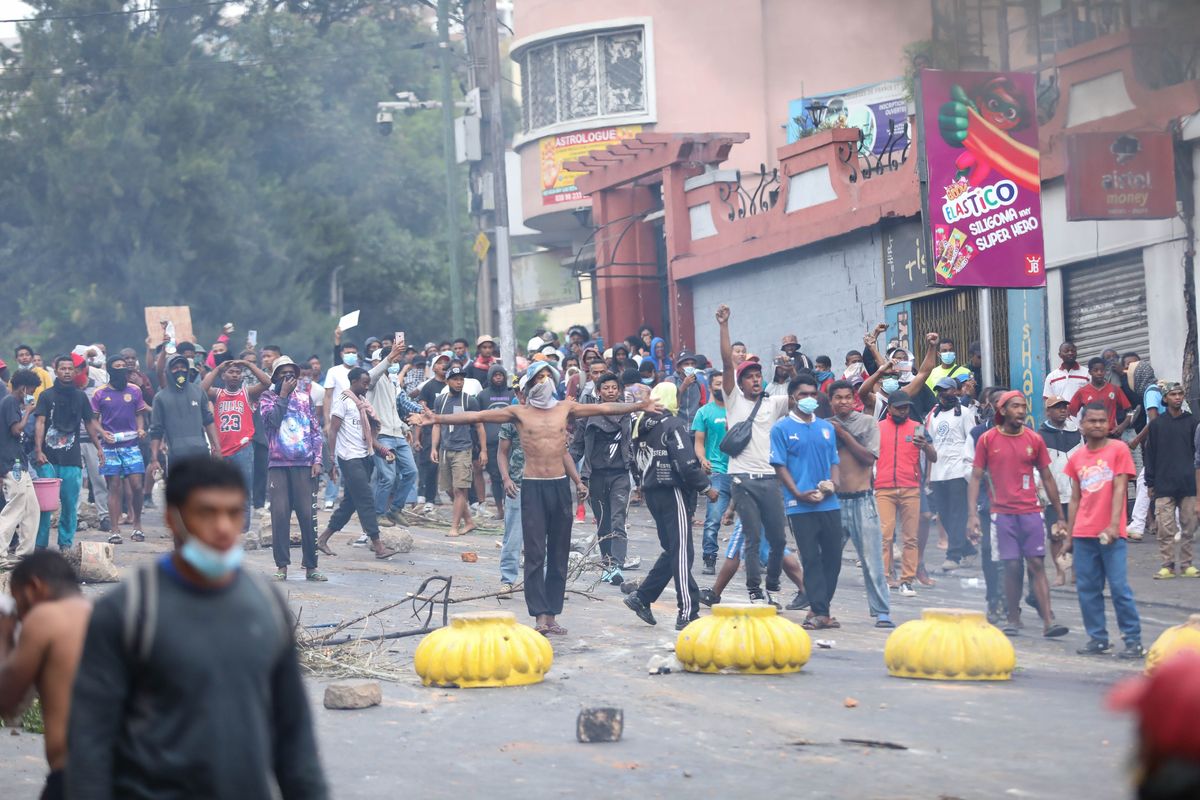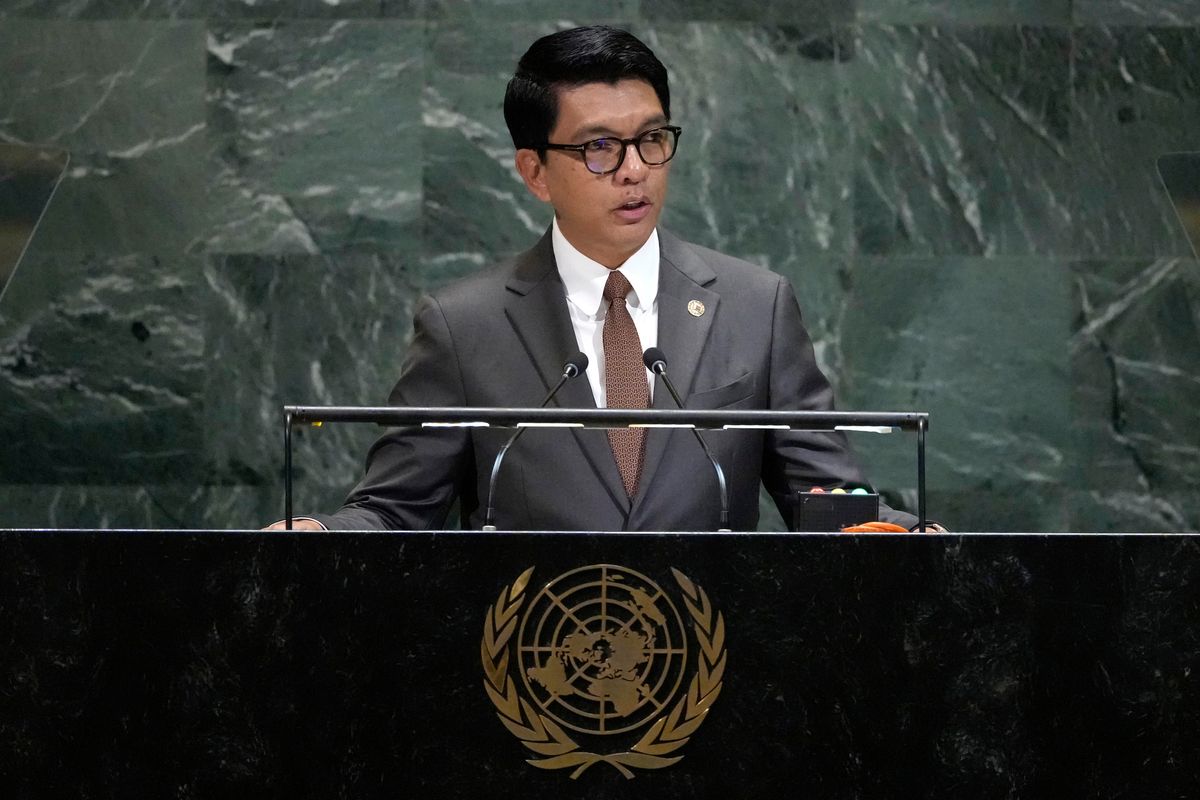ANTANANARIVO, Madagascar (AP) — Youth-led protests in the Indian Ocean island of Madagascar are continuing for a third week in the most significant unrest in the country in years.
The protests led by a group calling itself “Gen Z Madagascar” began Sept. 25 over electricity and water outages but have snowballed into larger dissatisfaction with the government and the leadership of President Andry Rajoelina.
Civic groups and trade unions have joined the protests, which have resulted in nighttime curfews being enforced in the capital, Antananarivo, and other major cities. The United Nations said at least 22 people have been killed.
Rajoelina fired his government and appointed a new prime minister in response to the uprising, but protesters have not relented and gave Rajoelina an ultimatum to resign this week. They say they have rejected his offer of talks, which were set for Wednesday.
Here’s what to know about the protests inspired by young, social media-savvy Madagascans that mirror Gen Z anti-government demonstrations in Kenya, Nepal, Morocco and elsewhere.
Thousands on the streets
Thousands have taken to the streets, initially over chronic problems with the electricity and water supply. Protesters have since brought up a range of issues, including poverty and the cost of living, access to tertiary education, and alleged corruption and embezzlement of public funds by government officials and their families and associates.
The U.N. human rights office said that at least 22 people were killed and more than 100 injured in the first few furious days of protests and accused Madagascar security forces of a violent response to what started as peaceful protests. The Madagascar government rejected that death toll but authorities haven’t given their own count of deaths or injuries.
The protests have continued almost daily and the Gen Z Madagascar group has called for a major strike and stayaway on Thursday.
Rejecting Rajoelina
Rajoelina, 51, was elected president in 2018 and reelected in 2023, when the vote was boycotted by opposition parties.
But he first came to prominence in 2009 as the mayor of Antananarivo when he led protests against the government that resulted in a military-backed coup and the ouster of President Marc Ravalomanana. A military council took power before handing it to Rajoelina as transitional leader.
Madagascar, a large island of around 31 million people off the east coast of Africa, has seen several leaders forced out in uprisings since it gained independence from France in 1960 and has a history of political crises. It struggles with severe poverty, which affects around 80% of the population, according to the World Bank.
Rajoelina has attempted to appease the Gen Z protesters by meeting some of their demands and firing government officials and Prime Minister Christian Ntsay last week. But he appointed an army general as the new prime minister in a move seen by the protesters as an attempt to clamp down on them. He also prioritized the appointment of new ministers for the armed forces, public security and the gendarmerie law enforcement force, saying their mission is to “restore peace so that everyone can resume their daily lives.”
Rajoelina has referred to the protests as an attempted coup.
Responding to Rajoelina’s offer for talks, the Gen Z Madagascar group said in a statement: “We do not reach out to a regime that every day crushes those who stand up for justice. This government talks about dialogue but rules with weapons.”
Inspired by other Gen Z protests
One of the most prominent symbols carried and worn by Madagascar’s generally black-clothed protesters is an image of a pirate skull and crossbones that was seen in the Gen Z-led uprising in Nepal last month and other protests across the world.
The image is from the Japanese comic series “One Piece” — which follows the adventures of a young pirate and his crew living in a world run by an authoritarian government — and has come to symbolize Gen Z movements. The Madagascar protesters have made the logo their own by redesigning it with a traditional Malagasy hat on the skull.
Gen Z Madagascar have their own website, Facebook page and other social media channels and have a GoFundMe page to raise money. They have mobilized over the internet and say they were inspired by other protests that toppled governments in Nepal and Sri Lanka.
They describe themselves as generally under the age of 30 and one of their slogans, which they’ve repeated in protests, is: “We’re tired of just surviving, we want to live.”
___
AP Africa news: https://apnews.com/hub/africa

